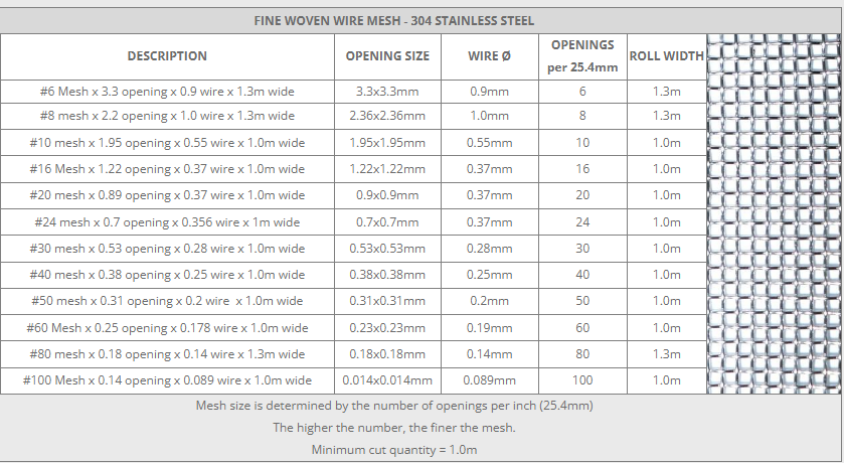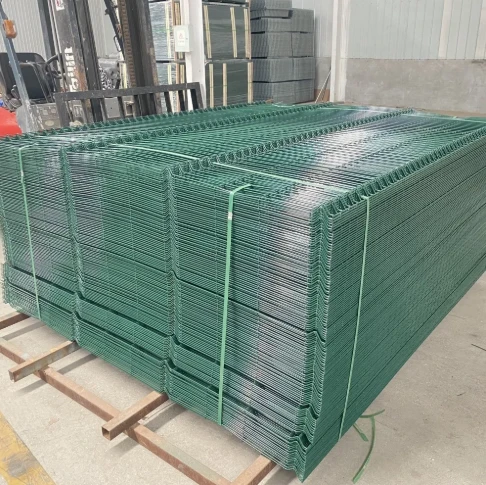Serrated Steel Grating An In-Depth Look at Its Applications and Benefits
Serrated steel grating is a type of metal flooring that boasts a unique design, characterized by its serrated edges. This specific configuration not only enhances the structural integrity of the grating but also provides numerous functional advantages in various industrial and commercial settings. Understanding its features, benefits, and applications can help business owners and facility managers make informed decisions regarding their flooring needs.
One of the primary advantages of serrated steel grating is its enhanced slip resistance. The serrated surface operates effectively as a safety feature, minimizing the risk of slips and falls, which can be critical in environments where wet conditions or hazardous materials are present. This quality makes serrated steel grating an ideal choice for industries such as oil and gas, manufacturing, and food processing, where safety is paramount.
The manufacturing process of serrated steel grating involves welding together steel bars and creating a pattern that forms the serrated edges. This not only adds to the slip-resistant properties but also reinforces the grating's load-bearing capabilities. Serrated steel grating can withstand heavy loads, making it suitable for various applications ranging from walkways and platforms to industrial drainage covers.
In addition to its safety features and durability, serrated steel grating is also highly customizable. Businesses can choose from a variety of materials, including galvanized steel, stainless steel, or aluminum, depending on their specific environmental conditions and aesthetic preferences. The ability to customize dimensions, spacing between bars, and coatings enables businesses to tailor the grating to match their unique requirements.
serrated steel grating
Serrated steel grating is also known for its low maintenance attributes. Unlike traditional flooring options that may require frequent cleaning and upkeep, steel grating allows for easy drainage and reduces the accumulation of debris. This characteristic makes it an excellent option for facilities dealing with liquids or particulate matter, as the grating can often be hosed down or washed clean with minimal effort.
Moreover, steel grating contributes to sustainability efforts. By utilizing durable materials and designs that resist wear and tear, businesses can reduce waste over time. Additionally, steel grating can be recycled at the end of its life cycle, contributing to a circular economy. This eco-friendly aspect resonates with many organizations committed to environmentally responsible practices.
Another noteworthy feature of serrated steel grating is its versatility. It finds applications in a myriad of industries, including construction, transportation, aerospace, and mining. Walkways, stair treads, and load-bearing platforms are just a few examples of how serrated steel grating can be effectively employed. In transportation, for instance, it is often used in railway and bridge construction where safety and strength are paramount.
In conclusion, serrated steel grating presents a wealth of advantages for various industrial and commercial applications. Its slip-resistant features, durability, low maintenance requirements, and customization options make it a practical choice for a wide range of environments. Additionally, its contributions to safety and sustainability align with contemporary business practices focused on risk management and environmental responsibility. As industries continue to prioritize these aspects, the demand for serrated steel grating is likely to grow, making it an essential component in the design and construction of modern facilities. Whether for walkways, platforms, or other applications, serrated steel grating proves to be a valuable material that meets both functional and safety standards seamlessly.























